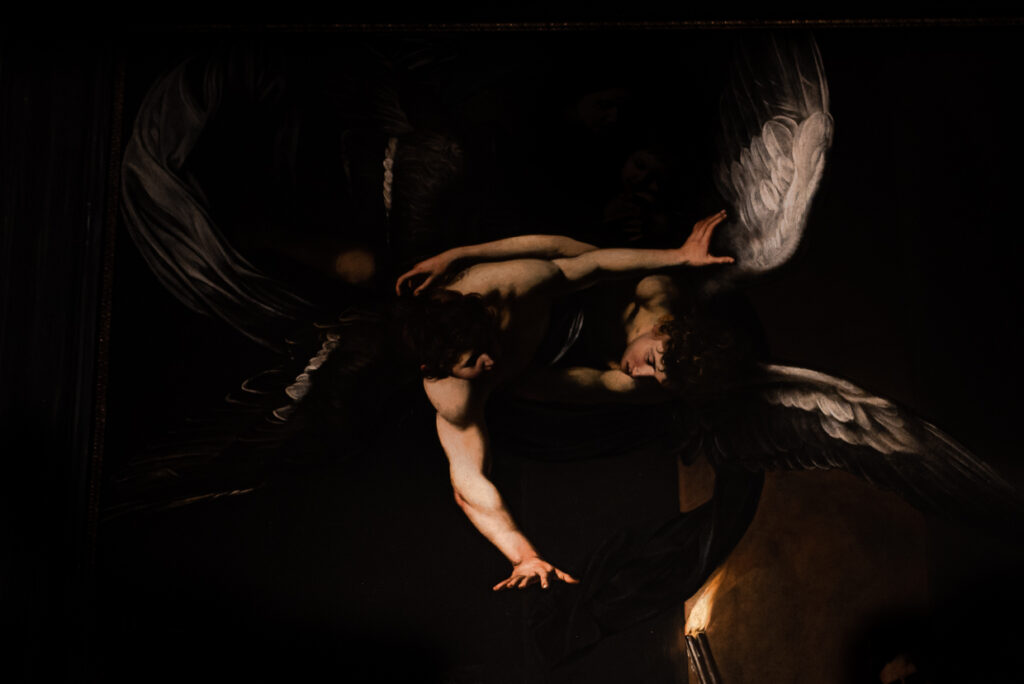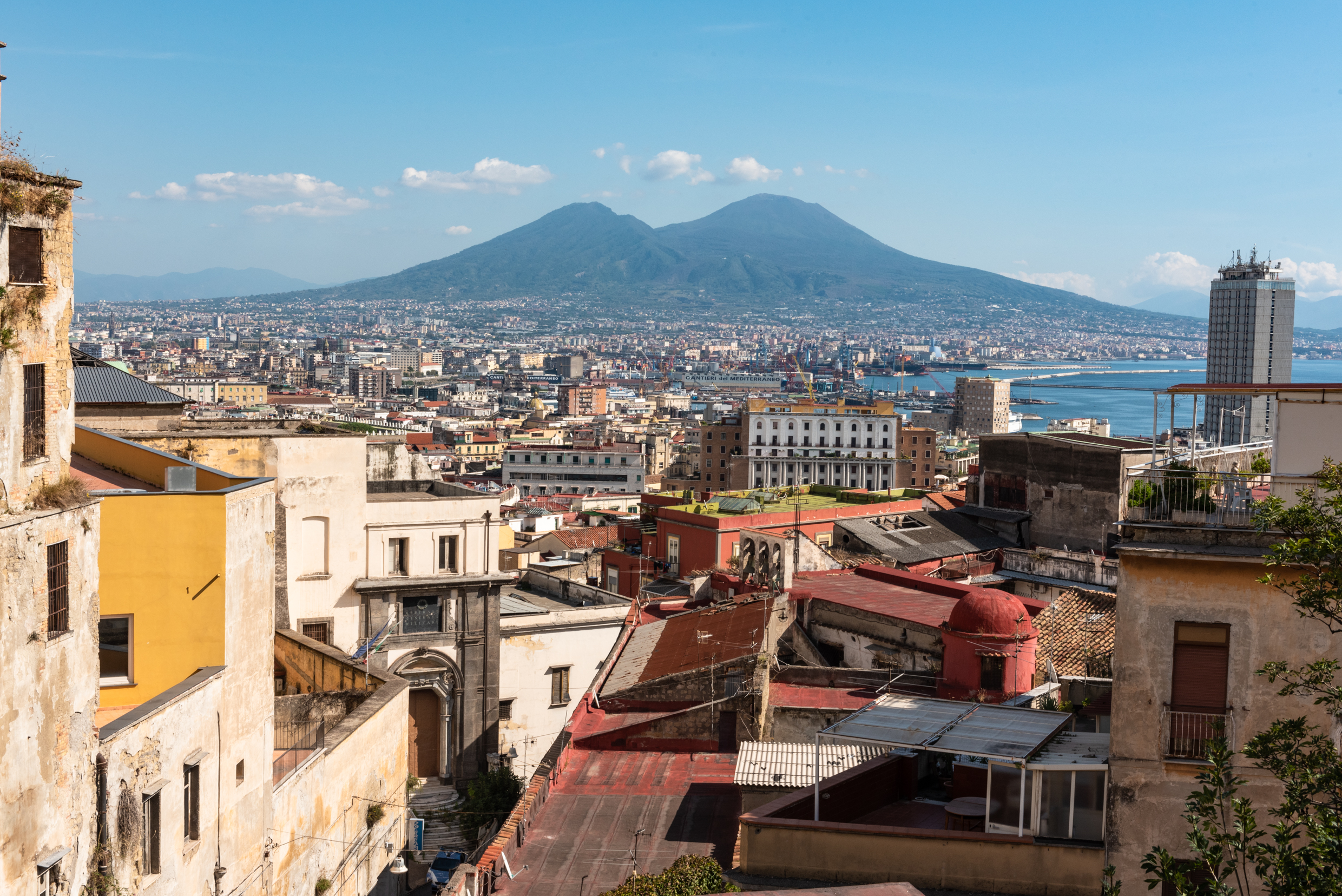SEE NAPLES AND DIE | A TALE OF FOUR WOMEN
PARTHENOPE
Legend has it that the South Italian city of Naples, built so precariously close to the volcano Vesuvio, stands where once the dead body of the Siren Parthenope had been washed ashore. Lovesick, for she failed to seduce the seafaring hero Ulysseus, the sweet-voiced maiden had drowned herself in the waves. A settlement was erected in her name, Parthenope, in the belief that the siren, a creature from the sea, could protect the people from the furious Vesuvius. But soon Parthenope was destroyed, erased from soil and history by wars and maybe even the mighty Vesuvius. The Greek built a new city where once Parthenope stood and named it Neapolis, Naples.
In Naples, not even Sirens are immortal.
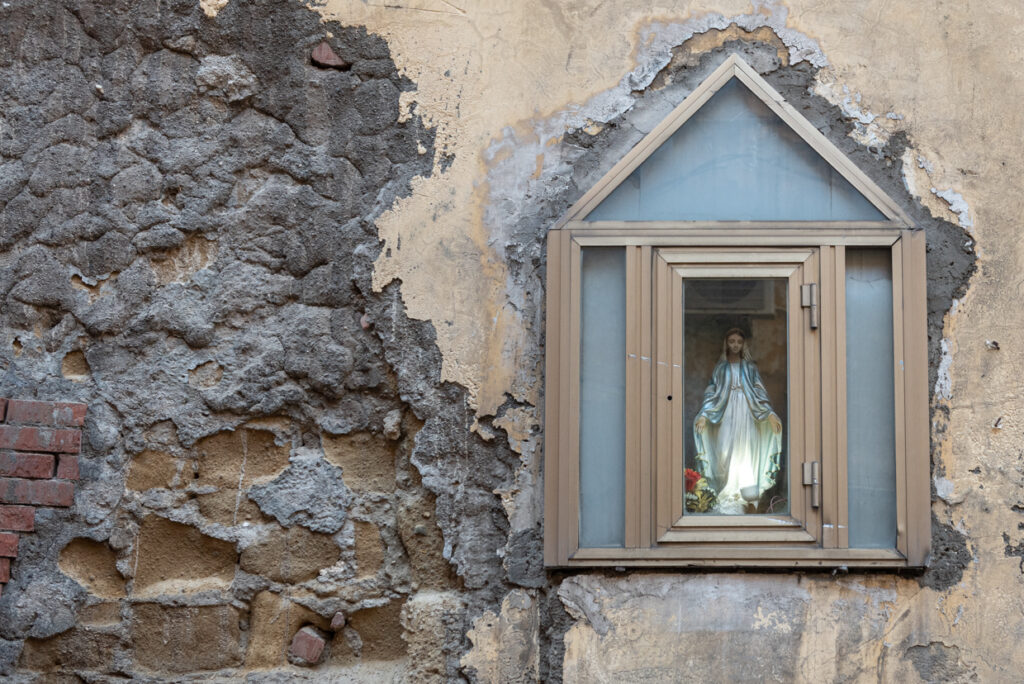
MARIA CAROLINA
The teenage princess was appalled. At the court of Vienna, Maria Carolina, second youngest daughter of the empress of Austria, had been educated in contemporary erudition. She spoke five languages. She knew how to dance, to fence, to ride and act with confidence. But now her mother Maria Theresia, the matriarch who led both her empire and her family with an iron fist, wed her off to Ferdinand, King of Naples.
Everybody knew that King Ferdinand of Naples was an illiterate fool. The only language he mastered was Neapolitan, the language of the street. He was dubbed the Re Lazzarone, the king of the mob. On top he was ugly. He had no manners. He liked to kill fenced animals and call it hunting. He grabbed his concubines by their private parts. He shat when he ate.
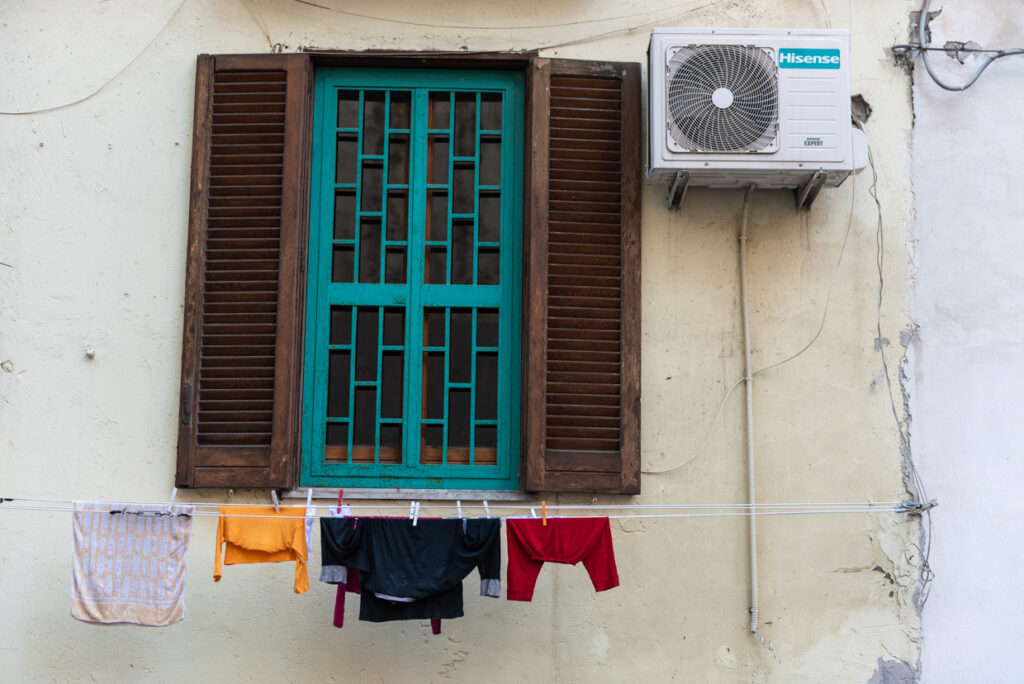
Maria Carolina begged her mother to let her stay in Vienna. She cried. She screamed. She held on to her favorite sister, Maria Antonia. In vain. The empress was adamant. Off she sent her daughter to the Mediterranean Sea.
King Ferdinand had ascended the throne at the age of eight, and the decision to keep him uneducated was a political one. His father, King Carlos of Spain, didn’t want him to be a strong leader, but rather a compliant placeholder. The state business was run behind closed doors by a council reporting to the Spanish court – a council that dutifully taxed Italian lands to finance the Spanish wars. An innocuous sixteen-year old virgin from Vienna was deemed the perfect queen for this kingdom at the outskirts of Europe.
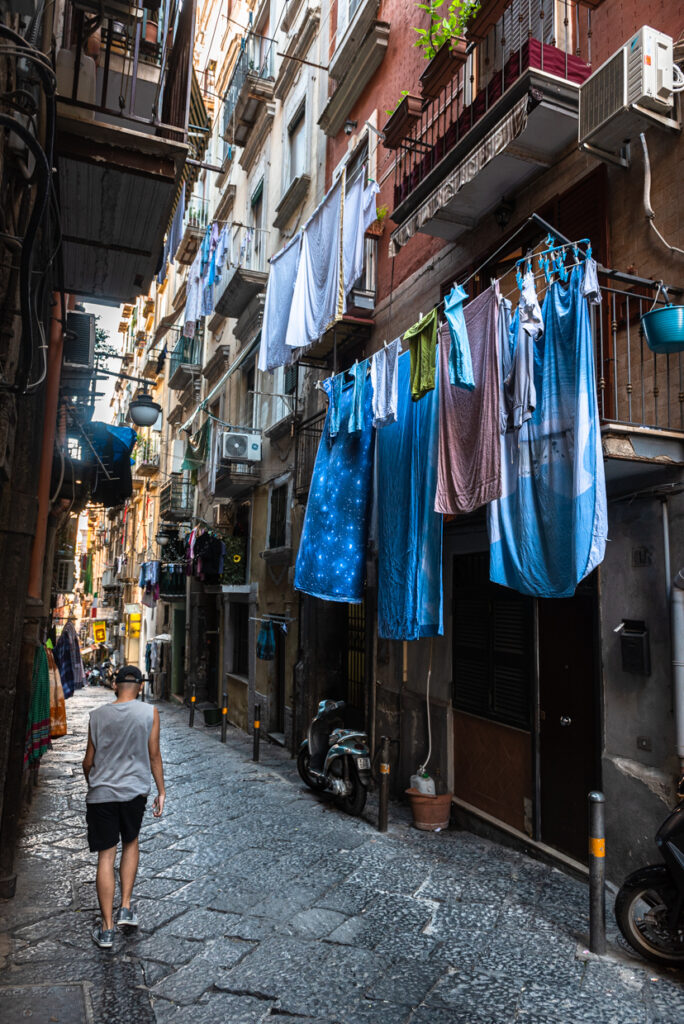
The immediate consummation of her marriage upon her arrival in Naples was probably the most painful, but not the only shock Maria Carolina had to endure. The southern sun was scorching and the Royal Spanish etiquette as stiff and serious as the cobble-stoned city was noisy and chaotic. Naples was by population the biggest city in the world. Maria Carolina soon discovered that the kingdom was rundown, held in a tight grip by organized crime, by a corrupt clergy and a decadent aristocracy. The treasury was nearly depleted. The military was on the brink of collapse. Diseases ravaged through the filthy streets and the poor were starving. To her husband their misery was entertainment. In front of the Royal Palace he had a scaffolding erected, decorated with live animals and food, the so called Albero dell’Cuccagna. From his window he rejoiced at the sight of the poor fighting each other to the blood, often killing each other over a pig, a hen or a loaf of bread. The young Queen was appalled. But not disheartened.
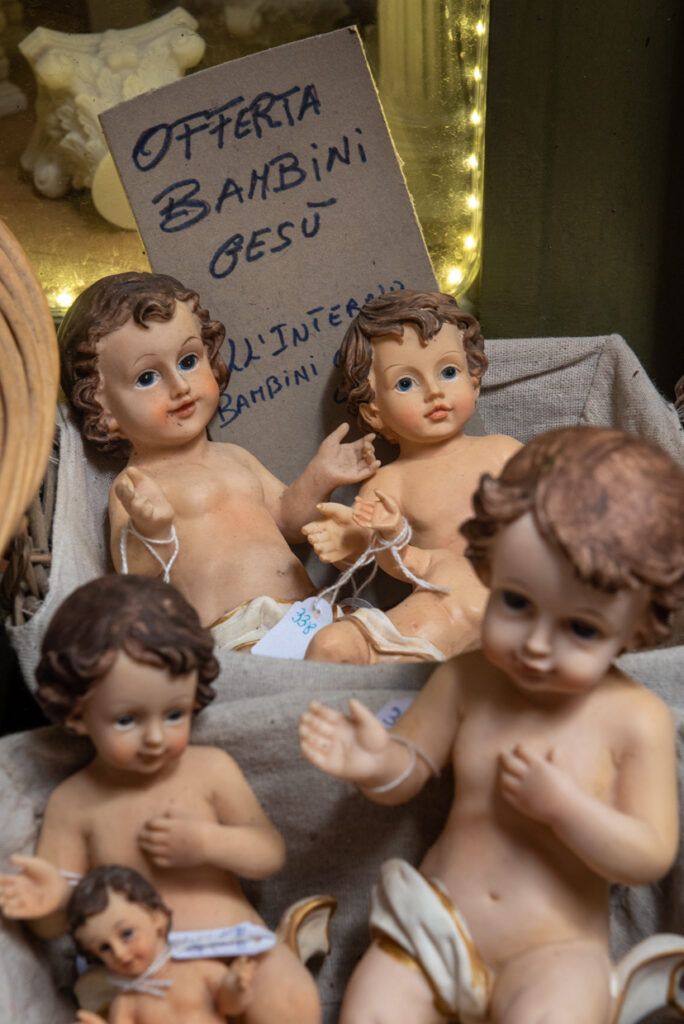
Maria Carolina dutifully bore heirs to the king (eighteen in the twenty years to come) and her first son, Francesco, opened her the doors to the decision-making council. She taught her husband to read and write. She established charitable institutions for the impoverished. She championed the arts. She planned workers’ residences. And finally, she took a liking to Naples and the city’s cuisine. She lost her fairy-like figure and gained the voluptuous curves of an Italian Mama.
Maria Carolina had taken over the reins of the kingdom and proved herself a capable politician and a strong-willed leader.
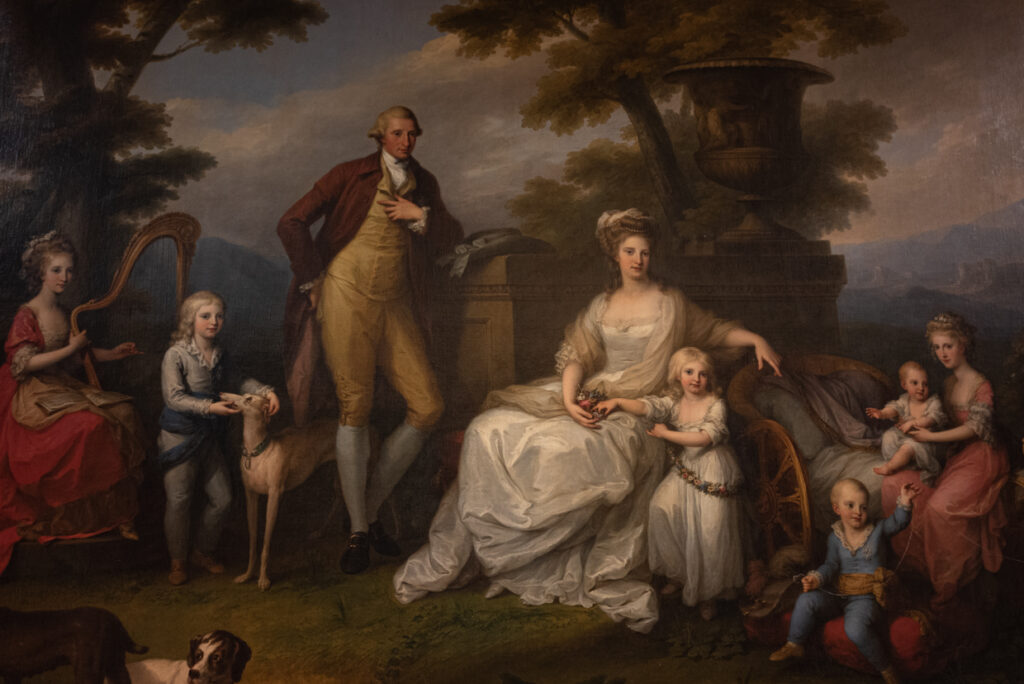
ELEONORA
At sixteen, Eleonora Fonseca Pimentel spoke five languages plus Latin and Old Greek. The extra-ordinarily intelligent young women, a daughter of Portuguese immigrants, had published poetry which praised the monarchy in general and Queen Maria Carolina in particular. This afforded her the position of head librarian to the queen and opened for her the doors to freemason societies as well as the intellectual circles of Naples: the highly acclaimed Accademia dei Filateli and the Arcadia.
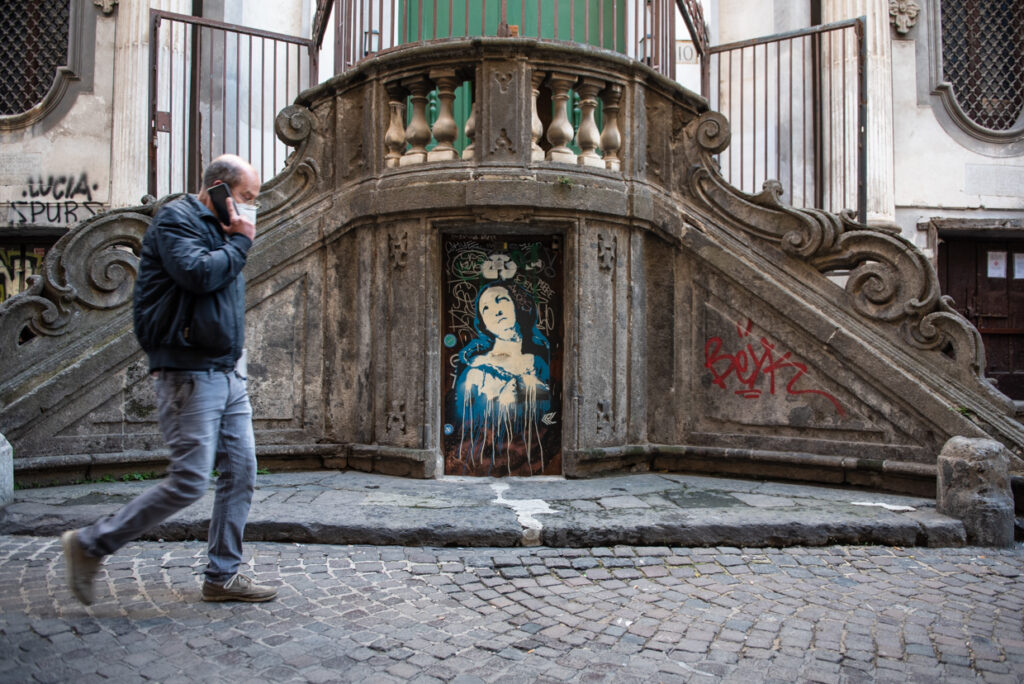
Throughout history, Naples had been a center of education and art. The famous Opera house Teatro San Carlo had opened its doors in 1735 (and never closed them again). Artists like Caravaggio and Gentileschi, musicians like Pergolesi and Scarlatti had found a home in the bustling cobble-stoned streets. In the 13th century already, a university had been founded, and scientists and scholars taught at numerous academias. Like the other intellectuals of the late 18th century, Eleonora, who corresponded with various intellectuals, was inflamed by the ideas of the Enlightenment, and Voltaire by her. “The nightingale of beautiful Italy” he called her.
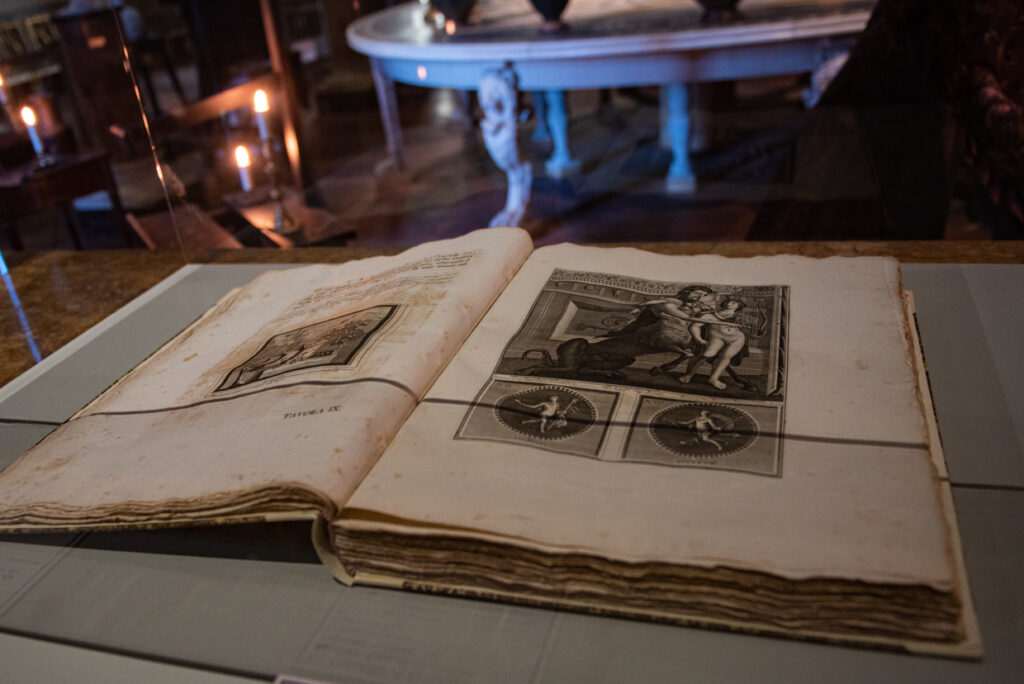
EMMA
At sixteen, the aspiring actress danced on tables in the nude. The girl from impoverished background had become a popular attraction at the brightly lit parties of London’s higher circles. So outstanding were her beauty and charms, love struck painters, of acclaim and high standing portrayed her as a Greek Goddess, sometimes as Bacchante. Passed as mistress from one wealthy nobleman to the wealthier, Emma gained access to education and formal comportment. Until, in 1786, at the age of 21, she was sold off to the Mediterranean. Her lover, in urgent need of money, traded her off to his uncle, the English ambassador to the Kingdom of Naples, a wealthy widower who was interested in two things: volcanoes and beautiful collectables.

The old ambassador was not keen on having a mistress, but the young woman was so warm-hearted, so charming and clever, that after a short time of cohabitation in the luxurious Palazzo Sessa, he married her and turned her into an honorable woman: Lady Hamilton.
Soon fluent in Italian, Emma won over the Neapolitan aristocracy. She organized lavish parties at the Palazzo Sessa, which climaxed in Emma not only presenting arias – she was an excellent singer – but her self-invented Attitudes, or moving pictures, in which she appeared, scantily clad, as Greek Goddess or Bacchante. Even Goethe, the German poet, on one of his trips to Naples was charmed by the English Siren. “See Naples and Die!” he famously exclaimed –But Emma’s rise in the Neapolitan high society didn’t end there. The famous noblewoman was introduced to the King and the Queen of Naples.
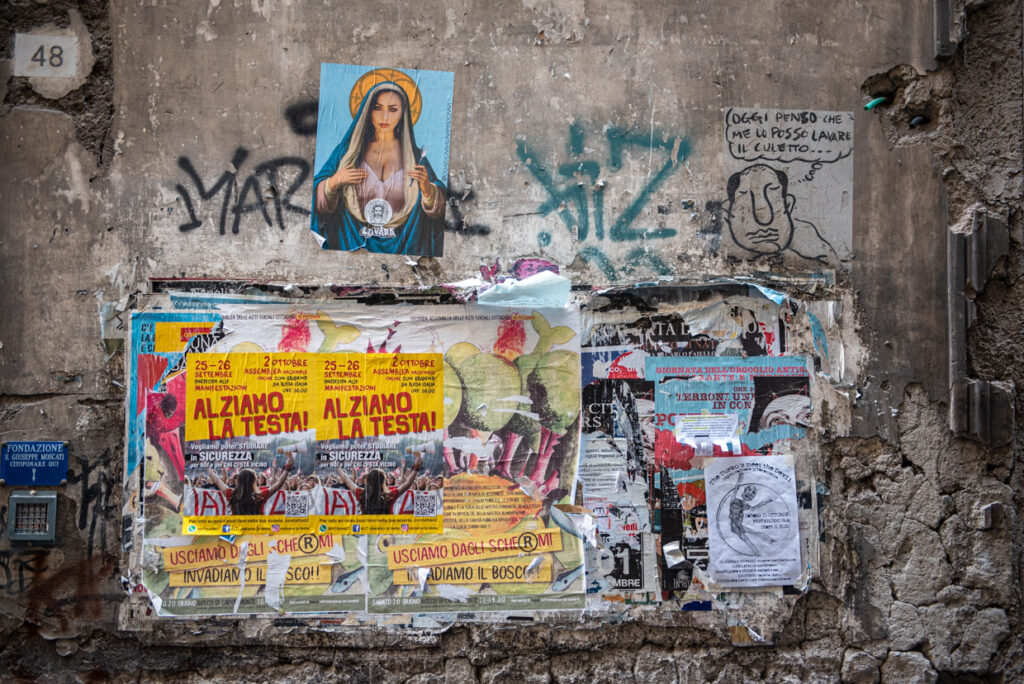
King Ferdinand, being his usual self, immediately tried to make Emma his concubine. But the English noblewoman wouldn’t have it. She was used to a different league of gentlemen by now. This in turn impressed the Queen tremendously. Maria Carolina, befriended the artistic young woman and their friendship was of mutual respect and adoration. But most importantly, Lady Hamilton agreed to secretly travel to Paris and talk on Maria Carolina’s behalf to Queen Marie Antoinette. The French Queen was no one else but Maria Carolina’s little sister Maria Antonia, whom their mother, the empress of Austria, had in the meantime wed to King Louis XVI. Though on unfriendly terms with the French, Maria Carolina was interested in her sister’s wellbeing, and also in the political development there. The French revolution was well on its way and Queen Maria Carolina and Lady Emma Hamilton became best friends for almost ever.
ELEONORA
Eleonora was a divorced woman. Her husband, a minor Neapolitan aristocrat, was of such a violent temperament that after the death of their infant son Francesco, the Catholic church had mercy on her and the marriage was annulled. This afforded Eleonora time to immerse herself in the world of books and philosophy, but may explain her ardency in the fight for justice. Eleonora wanted to end the outrageous inequality in the kingdom of Naples. She, once a royalist poet, now engaged full steam in social-reformatory projects to improve the living conditions of the lazzaroni, the lower class.
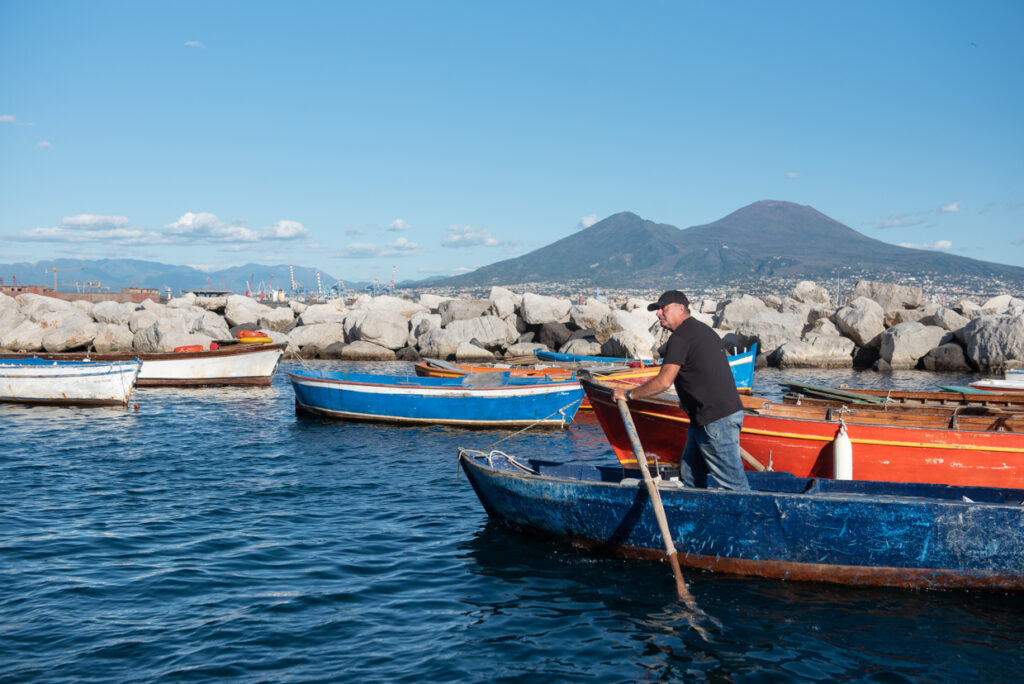
The lazzaroni themselves, however, were strongly opposed to these new ideas of liberty and fraternity. They were profoundly Catholic and superstitious. To science they preferred the miracles in their golden baroque churches. To reformatory ideas they preferred the gruesome Albero dell’Cuccagna. To fraternity they preferred the gossip of celebrities and aristocrats. They adored their King, who lived unrestrained by political correctness or etiquette. The lazzaroni were in fact royalists.
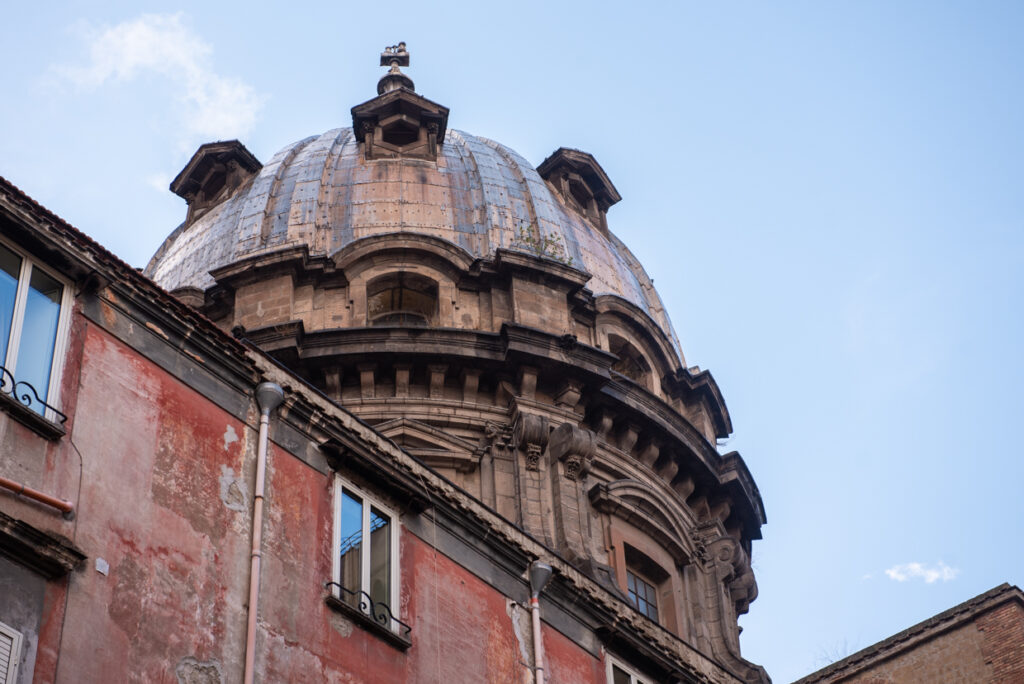
MARIA CAROLINA
The Royal Palace had underground tunnels to various places in the city, through which the Queen secretly communicated with the freemason’s societies and the Academia. Maria Carolina approved of the reformatory ideas and pursued various educational and housing projects. But then the unspeakable happened.
Her sister Marie Antoinette died on the guillotine – a victim of the French Revoltuion. Maria Carolina was shaken. Heartbroken. She hadn’t seen her little sister ever again after she was sent to Naples. Now the queen vowed to revenge her sister’s death. But Paris was far away. The Academia was in Naples.
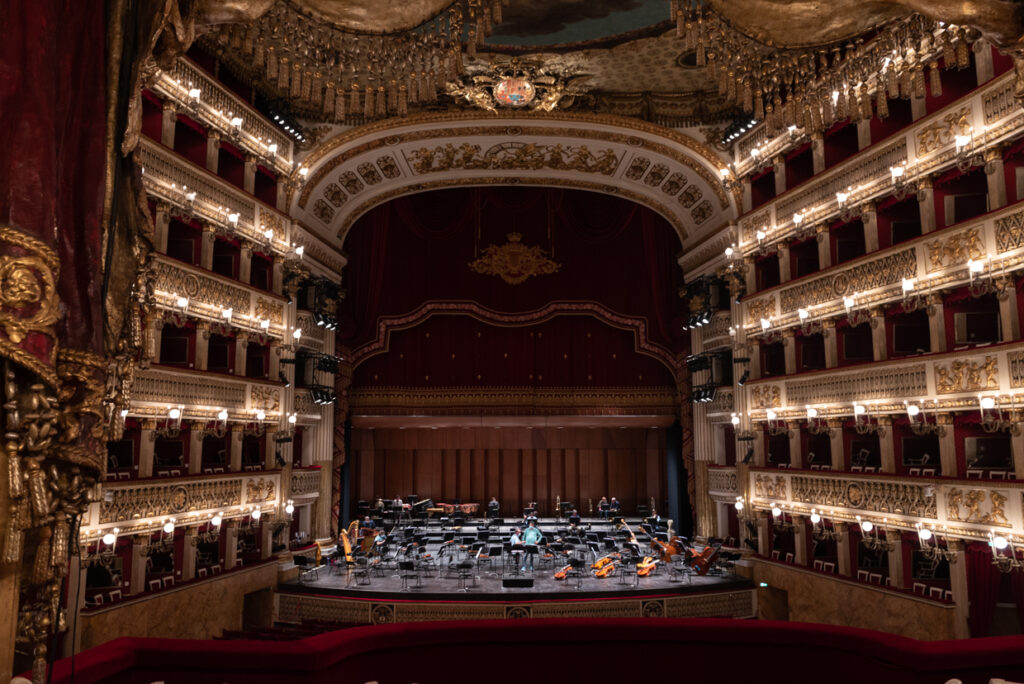
Eleonora was thrown into jail and Maria Carolina turned into an ardent counter-revolutionary. She, who had favored the arts before, now turned Naples into a police state. She mobilized the army and set up a tight spy system. On the verge of paranoia, she employed food testers and slept in a different royal apartment each night, or rather she lay open-eyed, in anxiety and rage. Then, at the height of tension, Vesuvius erupted.
It was an abrupt and violent outbreak that ripped off the peak of the Vesuvius. Communities in the South of Naples were completely destroyed. The city herself was spared the flowing lava streams, but ash and coarse lava particles rained down from June to July. While 400 Neapolitans died in the streets, Maria Carolina welcomed the Hamiltons in the safety of the Royal Palace.
As the eruption left a gaping crater in the Vesuvius, the mountain’s shape had been changed for good. And so was the life of the Queen.
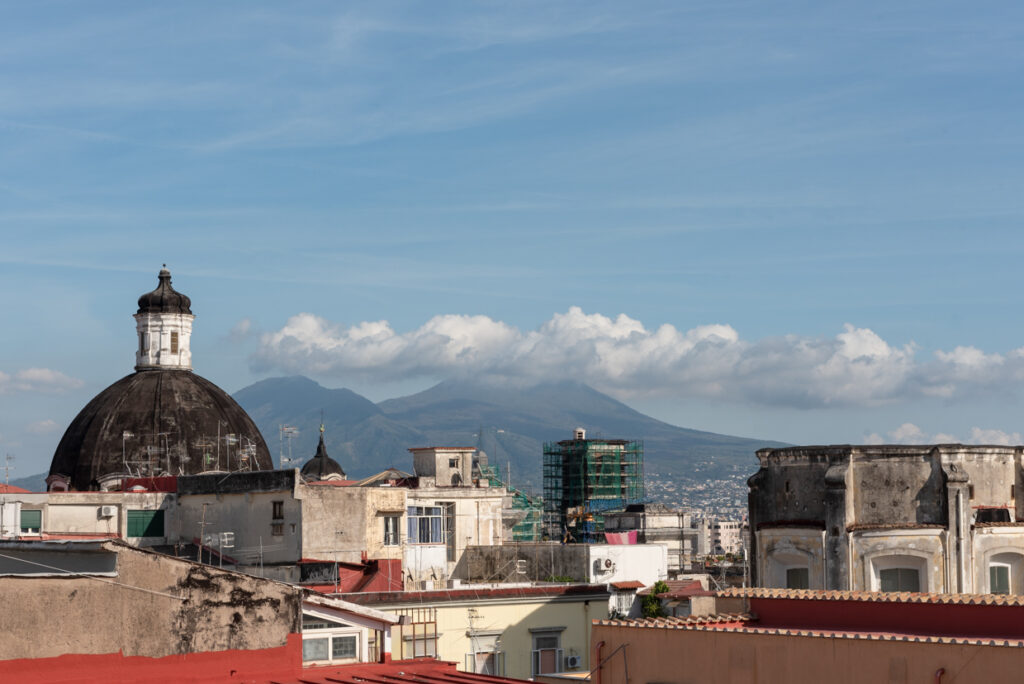
EMMA
In 1798, on his conquering spree, Napoleon Bonaparte himself appeared in the gulf of Naples. And now it was Maria Carolina’s turn to ask her friend Emma for protection. Lady Hamilton, loyal as always, didn’t let her down. The English came to the rescue: The flagship of the legendary Admiral Horatio Nelson sailed into the port of Naples.
A party was thrown at the Palazzo Sessa to welcome the famous captain on his 40th birthday. Emma and the Captain had met before, but both had changed considerably in the meantime. Admiral Nelson had lost an arm and most of his teeth at his last battle; he had halted Napoleon at the Nile. Emma had lost her Siren like appearance; she had fallen for the Neapolitan cuisine. Yet the attraction between Emma and the Admiral was rekindled immediately, and immediately obvious to everyone. Lord Hamilton didn’t mind, he liked Emma for her personality, and Horatio Nelson’s wife was far away. Together with the Queen, they formed a trio infernale, plotting on the eviction of the French, and the crackdown of the intellectuals in the city.
The liaison between the captain, the young Lady and the Queen led to racy rumours – where the Admiral and the Queen lovers? Or the Queen and beautiful Lady Hamilton? Or were the three engaged in a kinky ménage à trois? – These rumors were of course deliberately set into the world. The French, reckoning that it was Maria Carolina who ran the kingdom, and not her husband, tried to ruin her popularity with the people. True or not, the badmouthing failed. The Neapolitans were entertained by the royal scandals. Eventually, though, Admiral Nelson had other battles to tend to. He left Maria Carolina in fear and Lady Hamilton in tears.
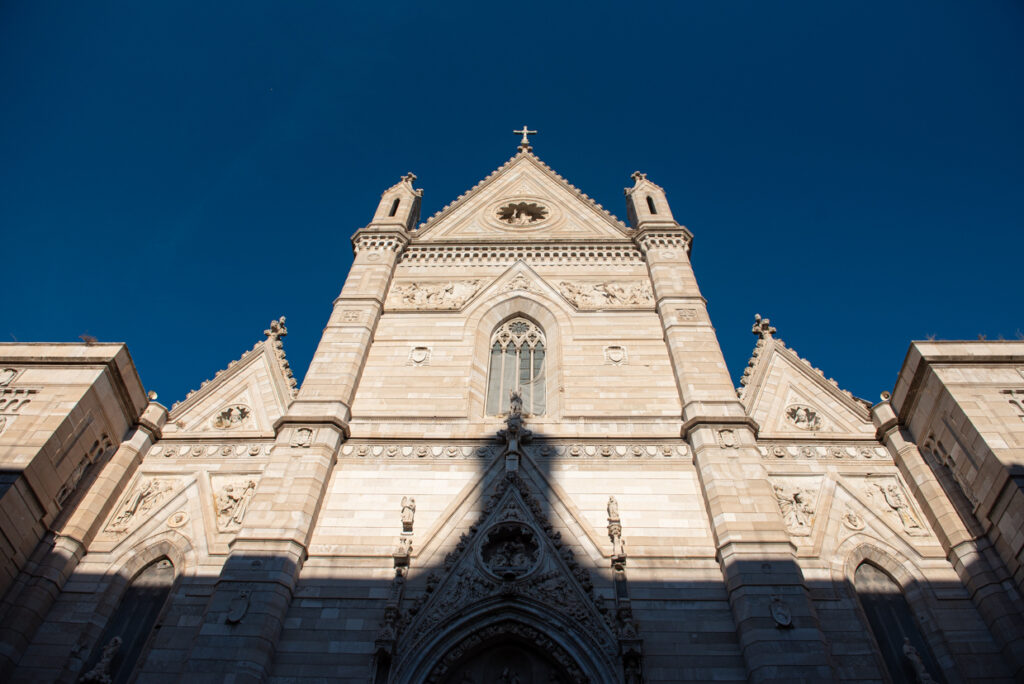
MARIA CAROLINA
Without her protector Maria Carolina had to flee. Too strong was the hate between the French and the Austrian Queen of Naples, to great her fear of the guillotine. The Royal family escaped through one of the secret underground tunnels and once at the harbor boarded a ship to Sicily. Whatever had left in the treasury, they took with them.
The King and Queen had deserted their people, but the lazzaroni stood with them. The mob assembled in front of the Royal Palace, demanding arms to fight the French themselves. But there were no arms for them, and so their unleashed hate against the Jacobins and the Enlightenment was their only weapon in the uneven battle against the French army. The bloody street fights left the lazzaroni dead by the thousands, and it took the French two days to declare victory.
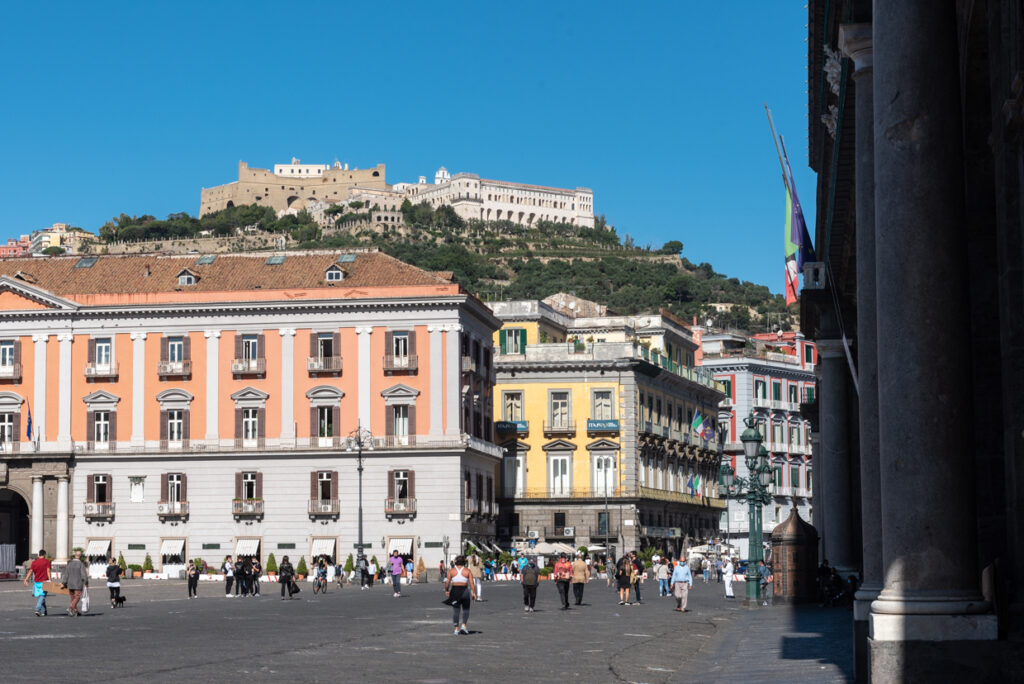
ELEONORA
Appalled and frightened by the bloodshed around her, Eleonora and the Academia had sought refuge in the Castel San Elmo, an old fortification on top of the hill overlooking Naples. Now that the battle was over, they announced the end of the monarchy and on January 21, 1799 they declared the Repubblica Parthenopea, a Republic modelled after the French République and named after the luckless Siren. To prove history wrong, maybe, they too relied on Parthenope to protect them from furious dangers ahead, or maybe, to quote Virgil, the Neapolitan writer of the ancient Rome: to let the Siren nourish them in their pursuits.
Eleonora believed in education. She was convinced that with some help, the lazzaroni, who had impressed her with their faith and determination, could achieve a higher cultural level. In the Monitore Napolitano, the Republican newspaper she published on her own, she appealed to the courage of all: because freedom cannot be loved in half… and cannot produce its effects until everyone is free. She searched for conciliation between the Republicans and the Royalists. The lazzaroni’s vigorous Catholic beliefs, their rituals, and even their superstition should not be ignored, nor ridiculed, she wrote. She disapproved of the radicalism of their French Sister Republic, who was now demanding taxes from the Neapolitans, very much like the Spanish had done in the days of the kingdom. Already Eleonora had second thoughts about the Revolution and the Repubblica Partenopea. But soon the tables were turning again.
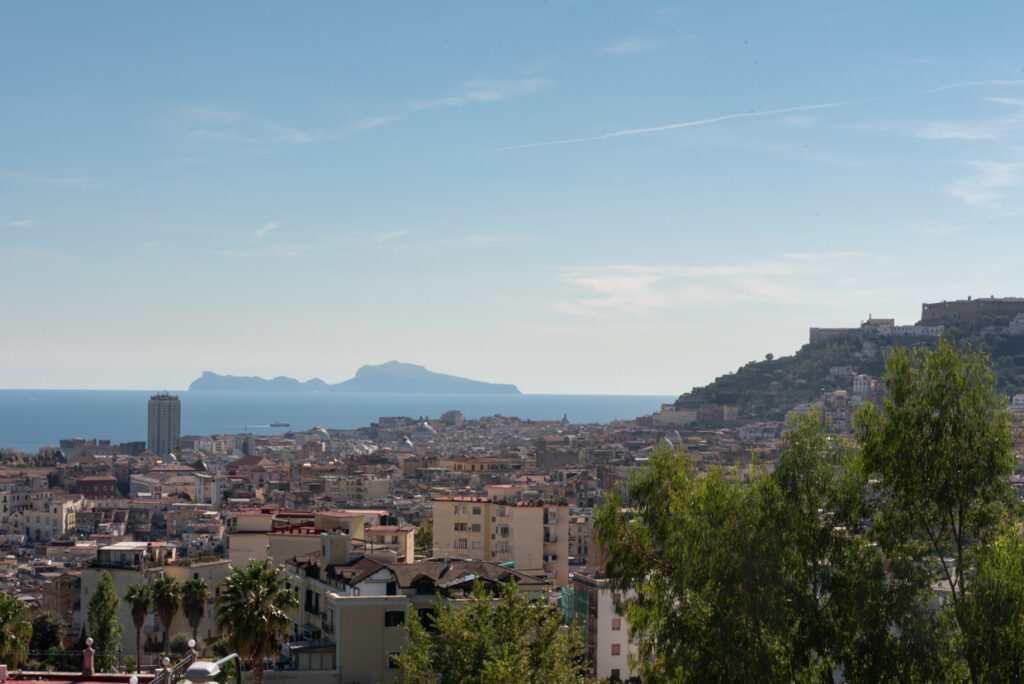
The peasants of the surrounding lands took to arms, or rather took their axes and hoes and marched into the city. Their rage and violence was unparalleled, their monikers telling of their brutality: Fra Diavolo (Brother Devil), Sciabolone (Big Sword) and Panzanera (Black Belly). Centuries of oppression and heavy taxation erupted in their ire like lava. “Viva Maria!” they screamed as they pillaged through Southern Italy. It was however the church, in the person of Cardinal Fabrizio Ruffo, set as vice roy by Ferdinand, before the latter fled, who had managed to bundle the peasants’ hate against the Republicans. Again, fearing for her life, Eleonora withdrew to Castel San Elmo, imploring her French brothers and sisters for help. In vain.
MARIA CAROLINA
In the Royal Palace in Sicily, Maria Carolina learned the news of Cardinale Ruffo’s victory. Yet she was consternated. Why had the Cardinale promised safe conduct to the Republicans when her sister’s death on the guillotine had not yet been revenged? She herself had ordered the Cardinale to make no terms with the revolutionaries. Consumed by hate and rage, she again called on her friends, Lady Hamilton and Admiral Nelson. Again Nelson came sailing in, albeit too late.
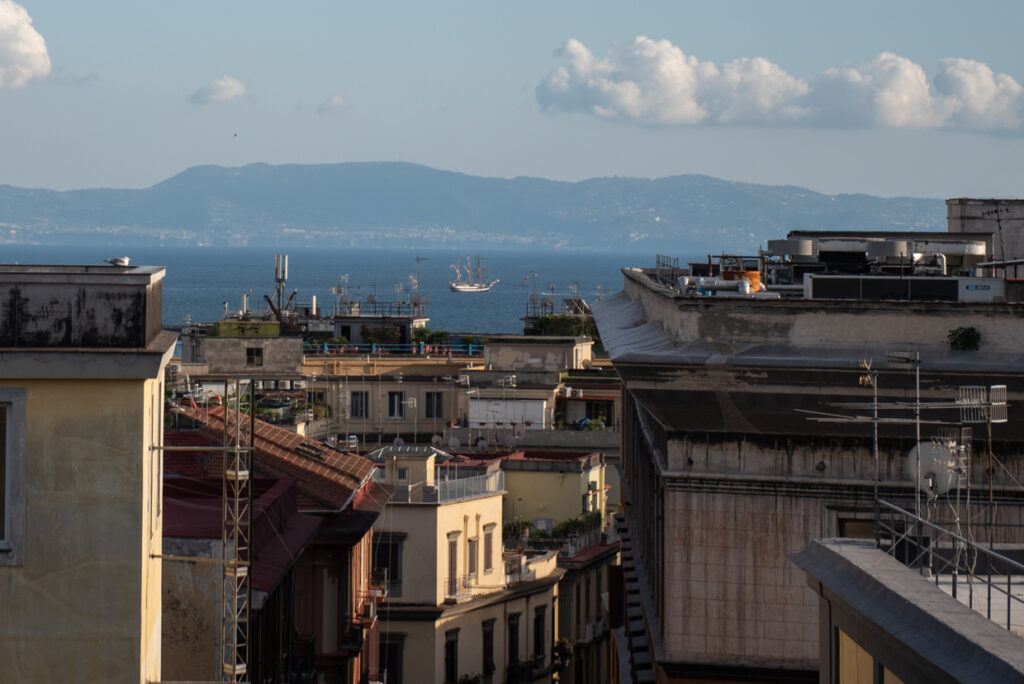
When his flagship with Emma Hamilton on board, entered the port of Naples, the revolutionaries had already signed a capitulation treaty. The Repubblica Parthenopea was history, but the Revolutionaries were free to leave Naples unharmed. Eleonora and the other revolutionaries were already waiting on board of a ship that would bring them safely to Toulon, when Nelson had them all arrested. It was Emma, who, loyal as always, fulfilled her friend Maria Carolina’s wish, by instigating Nelson take them all, including Ruffo, prisoners. One of the revolutionaries was hanged under his very eyes. Eleonora, like the rest of the revolutionaries, was condemned to death. With one strike, and in the run of 99 executions, the entire intelligentsia of Naples was wiped out.
On board the Neapolitan frigate Sirena, Maria Carolina and King Ferdinand now safely returned to Naples. Finally the Queen felt at peace. She planned a trip to her native Vienna, to meet her family. Around the same time, news of Admiral Hamilton’s involvement in the atrocities of Naples, as well as his scandalous affair with Lady Hamilton had reached London. Theirs and the ambassador’s return to London was ordered, and so a party of four boarded a ship. Lord Hamilton, Emma, Admiral Nelson and Maria Carolina left Naples. None of them would return.
Their first stop was Vienna, where the English accompanied Maria Carolina, they attended mass together. The famous composer Joseph Haydn had dedicated his Missa In Angustiis – Mass for Troubled Times to Horatio Nelson, honoring his defeat of Napoleon. But once at the grand, luxurious court of Vienna, Maria Carolina soon forgot about her English friends – she had family business to look after.
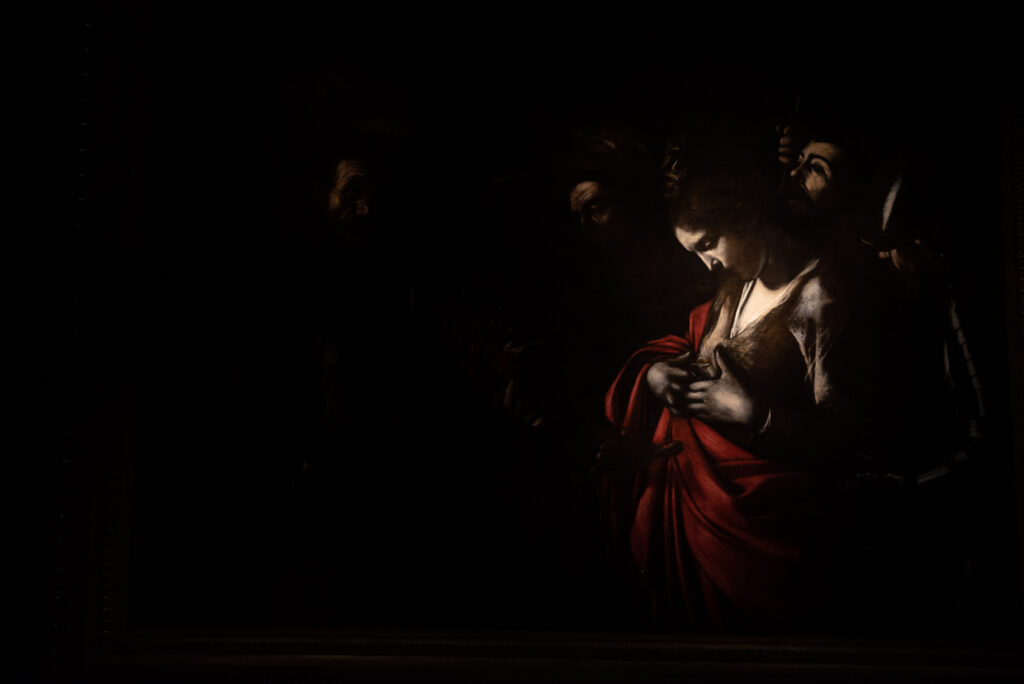
The French had defeated the Austrians. Napoleon conquered Naples, crowned himself King of Italy and was given Maria Carolina’s very own granddaughter as spouse. Maria Carolina, prematurely aged, died in 1814, at the age of 54, in Vienna, her home and exile, alone and defeated by her arch enemy Napoleon, who had once called her Queen Maria Carolina, the only Man in the kingdom of Naples.
EMMA
After their return to England and after Lord Hamilton’s death, Emma and Admiral Nelson were finally able to marry, but the marriage was short lived. In 1805, Horatio Nelson died in the victorious battle of Trafalger. Emma, fallen into disgrace with the English society was denied any widow pension funds, as well as the right to attend the funeral. Having lost her looks, in deep depression and in debts, she died alone, in 1814, aged 49.
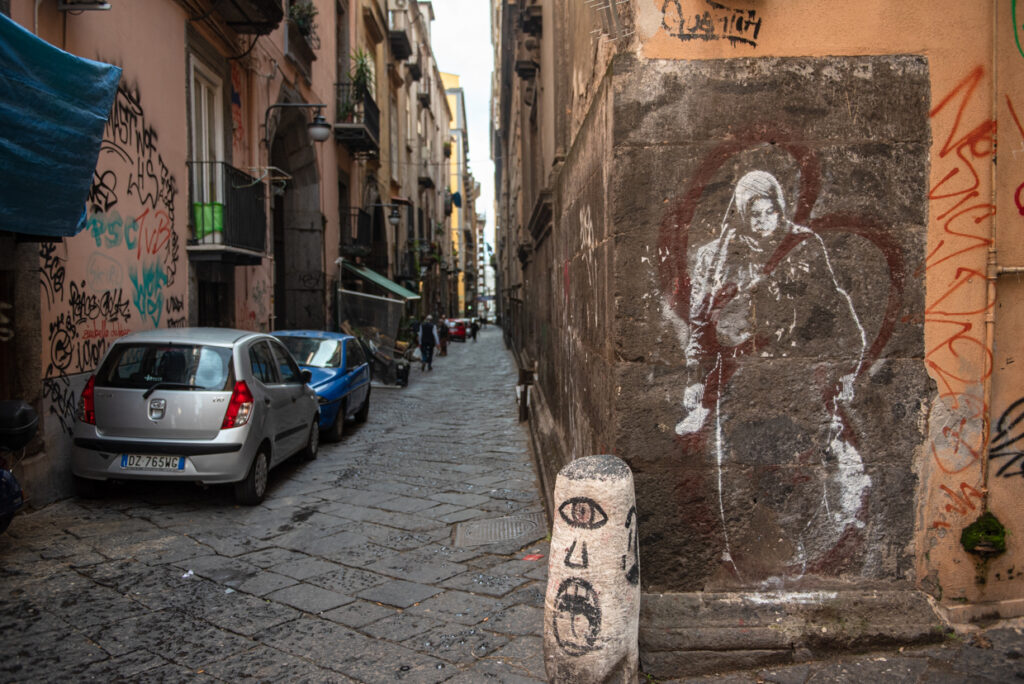
ELEONORA
At 49, Eleonora Fonseca Pimentel, was hanged at the Market Square in Naples. On the basis of her ex-husband’s aristocratic standing, she had asked to be decapitated, a less brutal death reserved to Nobles, her wish was denied, as well as her wish for undergarments. On August 20 1799, the lazzaroni were waiting under the scaffolding, ready to peep under her skirt.
“Long Live Carolina, Death to the jacobina!” They chanted.
Legend has it that as she stepped on the scaffolding, Eleonora Fonseca Pimentel quoted Virgil, the Neapolitan poet.
Perhaps one day this will be worth remembering
